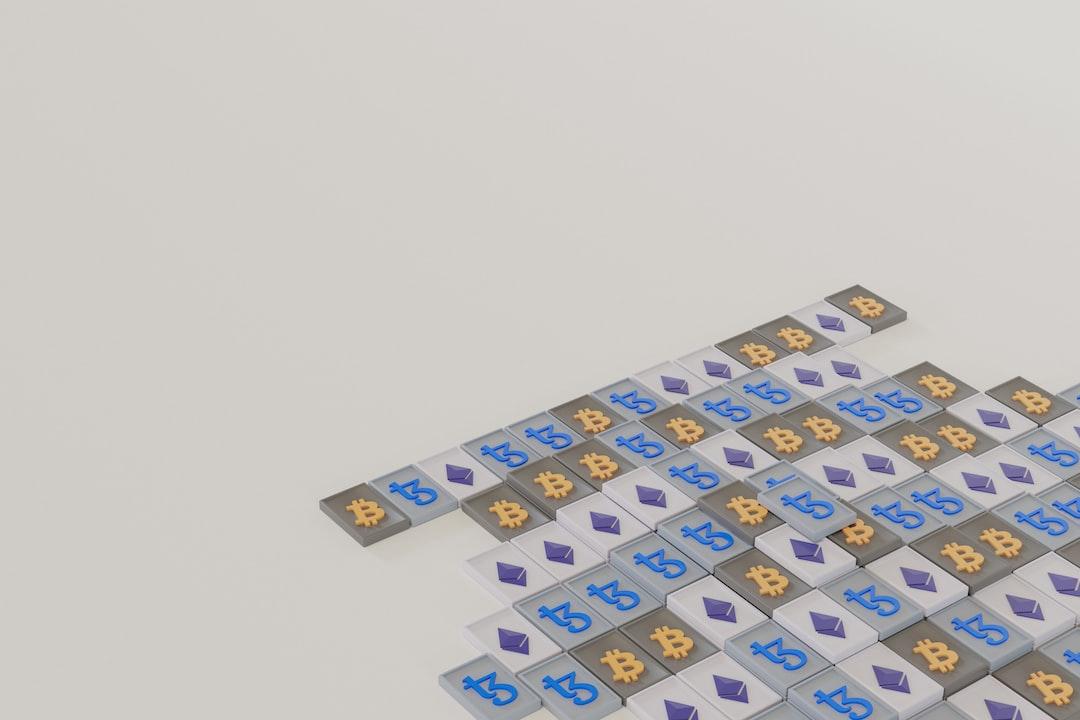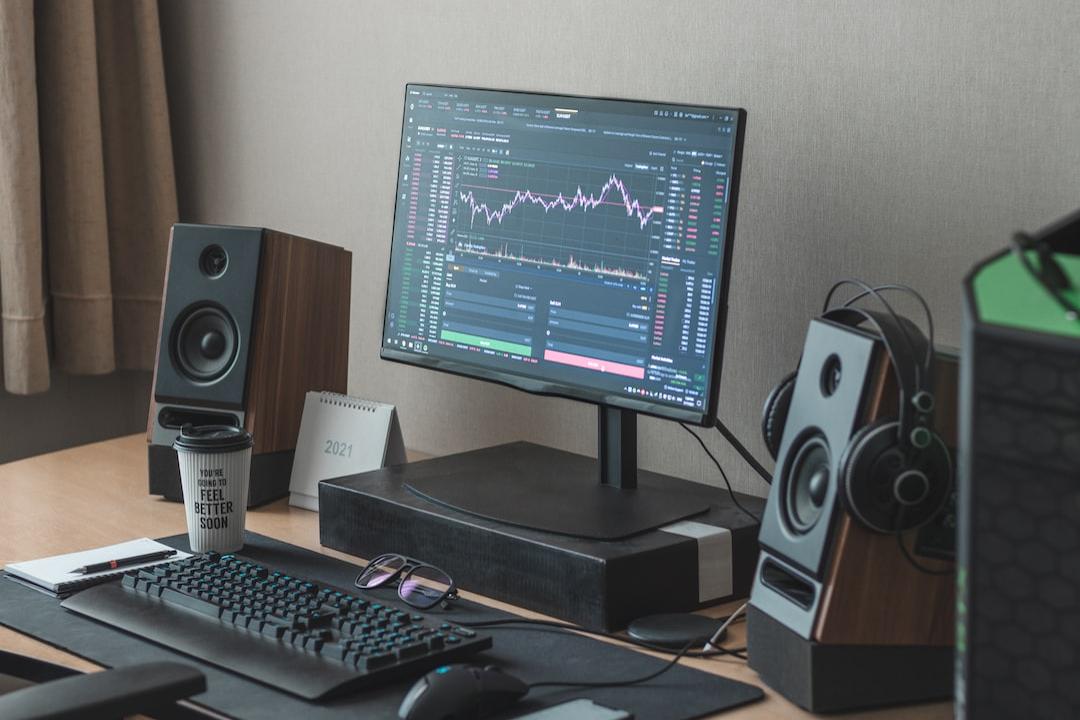News Article:
Phyrex, an analyst who frequently analyzes the cryptocurrency market, released an article this morning pointing out that the recent data does indicate that the market is leaning towards a bear market. However, he remains optimistic about the cryptocurrency market’s trend in the second half of the year. The following is a compilation and translation of the article.
(Summary:
Learning from “Bear Market Investing”: Identifying the best opportunities, making good use of the additional value of bull markets
)
(Background:
Crypto OG: This may be one of the most difficult bull markets most people have experienced
)
After a tiring day, I returned home at 3 am Beijing time. I was worried that the data I obtained was too late and might be distorted. However, after reviewing the data, I realized that I was overthinking. It was actually quite interesting. Today, when I went out, my friend told me that Binance’s server was down and asked why BTC’s hourly chart had gaps. After comparing, I found that it was due to a significant decrease in trading volume, not just on Binance, but on all exchanges. Currently, BTC’s trading volume on Binance is only 380 million US dollars, which is still ranked first. You can imagine the situation on other exchanges.

This is also the concept I have been conveying to my friends recently: the data has been leaning towards a bear market for the past two months. The reason is the continuous decrease in liquidity, which is caused by the gradual decrease in purchasing power in the cryptocurrency market. There are two reasons for the decrease in purchasing power: one is the absence of new positive driving factors.
In fact, the first half of this year has seen many positive factors, including the emergence of spot ETFs, BTC’s halving, and three interest rate cuts in March, as well as strong financial reports in April and May. In the second half of the year, the only positive factor that can be seen in the cryptocurrency market is the approval of ETH’s spot ETF, and it has been divided into two phases. From a macro perspective, the dot plot in June has changed from the expectation of three interest rate cuts to one, and only the US presidential election can still be expected. Therefore, when expectations decline, a large amount of funds will inevitably exit, leading to a decrease in purchasing power. In fact, we should consider that if there is no approval of spot ETFs, BTC is likely still around $30,000. Therefore, the current liquidity corresponding to $30,000 is considered normal.

Looking at the on-chain data of BTC, it is the same. Even at 3 am Beijing time, after 27 hours, the turnover on the chain is still the same as when BTC was priced below $20,000 at the end of 2022. Interestingly, at that time, it was also the speculation about when the Federal Reserve would enter the phase of pausing interest rate hikes. As a result, it was announced at the end of 2022 to enter the phase of pausing interest rate hikes, and the market gradually began to strengthen in early 2023. Therefore, these two stages are very similar.
However, the decrease in liquidity does not necessarily mean that prices will definitely fall. In fact, a significant portion of BTC’s drop to $16,000 is caused by Luna and FTX. The actual negative news will cause a massive panic sell-off. So even though the data has returned to the end of 2022, there are still very few people participating in the turnover. Most people are still speculating on BTC’s halving period, the Federal Reserve’s interest rate cuts, and the US presidential election.

The decrease in liquidity also tells us that the support we see from the third drop has not changed. In fact, from the price perspective, $64,000 to $69,000 is still the most important support level. Unless there is ongoing negative news, it is not easy to break through this level. Especially for many friends who think it will fall below $60,000. However, the focus of this week is the core PCE on Friday. The current market expectations are still good. If it can be achieved, it can boost sentiment to some extent. If it cannot be achieved, it will be negative news.
Looking at the exchange’s inventory, it has only slightly decreased yesterday, and today’s liquidity shortage has even increased the inventory of BTC on the exchange. Currently, it is about 14,000 BTC away from the lowest inventory value in nearly six years. It has been a whole week and has not been absorbed, which is also the current pressure.

What are the expectations for the second half of the year?
The data does indicate a bear market, which is correct. And the data has been indicating a bear market for nearly two months. However, a bear market in data does not mean a completely bear market in prices, especially for BTC and ETH. On the one hand, there is the support of spot ETFs (ETH is expected), which has driven the purchase of funds. From the data of BTC, it can be seen that over 900,000 BTC has been bought so far. It is worth noting that the current liquidity in the entire market is about 3.3 million BTC, which accounts for over 27%.
In other words, if this 27% is still participating in turnover in the market, then the current price of BTC will definitely not be hovering around $64,000. As long as this portion of chips is not sold off due to panic, the market will be relieved of 27% of selling pressure. It should be noted that these investors did not panic even when the price was $56,000.
In addition, long-term investors who have held for more than six months have seen an increase in the past three months. This indicates that as the price fluctuates around $65,000, more holders are not panicking but are holding on. These investors are not ETFs, after all, ETFs have only been around for less than six months. Therefore, these investors are real cryptocurrency users, which is very consistent with our recent turnover data.
More importantly, there are expectations. Although there are many drawbacks in the second half of the year, there are also many positives. For example, the effect of the halving period is still being anticipated by a large number of investors. Then there is the stage of interest rate cuts this year, followed by the US presidential election. If the Republican Party takes office, it will be positive for the cryptocurrency market to some extent. At least in the current US political landscape, the Republican Party is more friendly. Finally, there is FASB at the end of the year. Listed companies can use the fair value of BTC and ETH for financial reporting. Therefore, I still maintain the view that there should be opportunities in the fourth quarter.
However, the fourth quarter will have a high explosion, but whether it will be based on $80,000, $70,000, $60,000, $50,000, or $40,000 is unknown. The results will be completely different.
Related Reports
Bank of Japan May Sell $450 Billion of US Bonds! Arthur Hayes: Will Accelerate the Next Cryptocurrency Bull Market
Learning from “Bear Market Investing”: Identifying the best opportunities, making good use of the additional value of bull markets
What are the differences in the current development of NFTs and Memecoins compared to the previous bull market?


